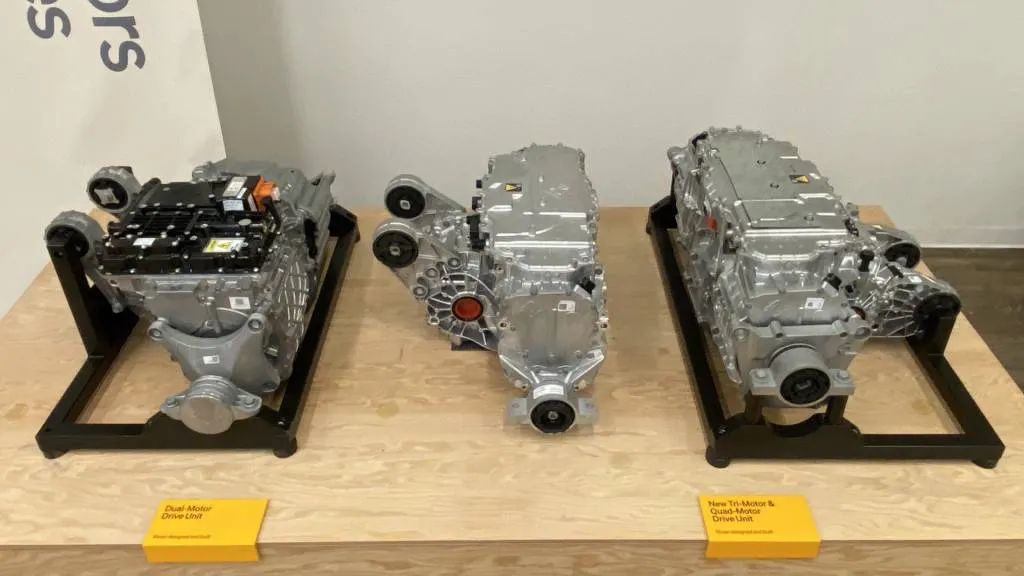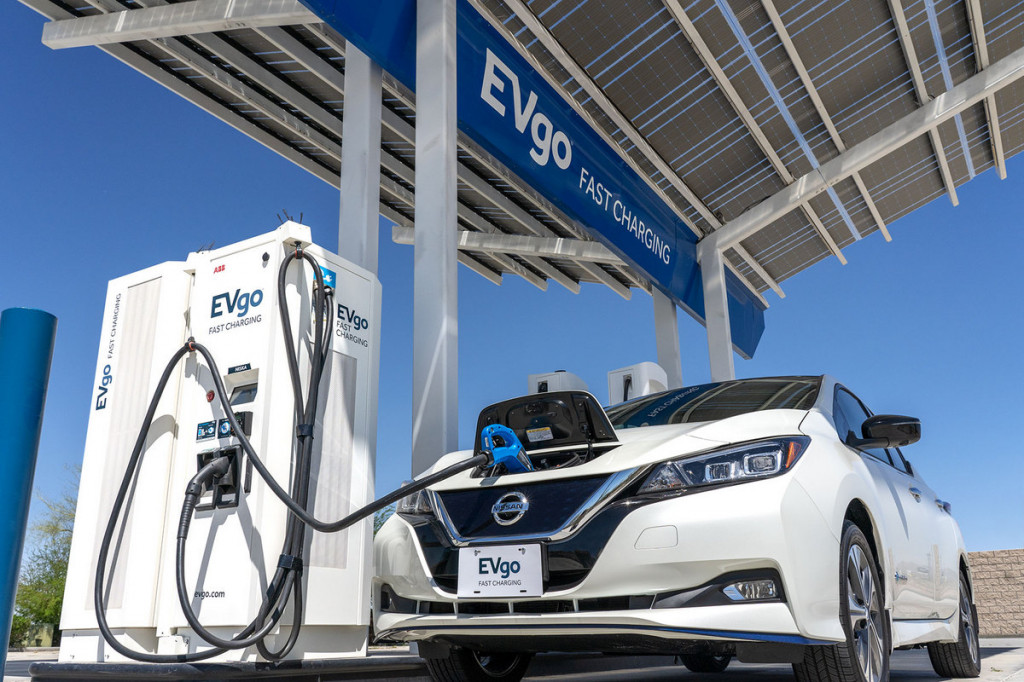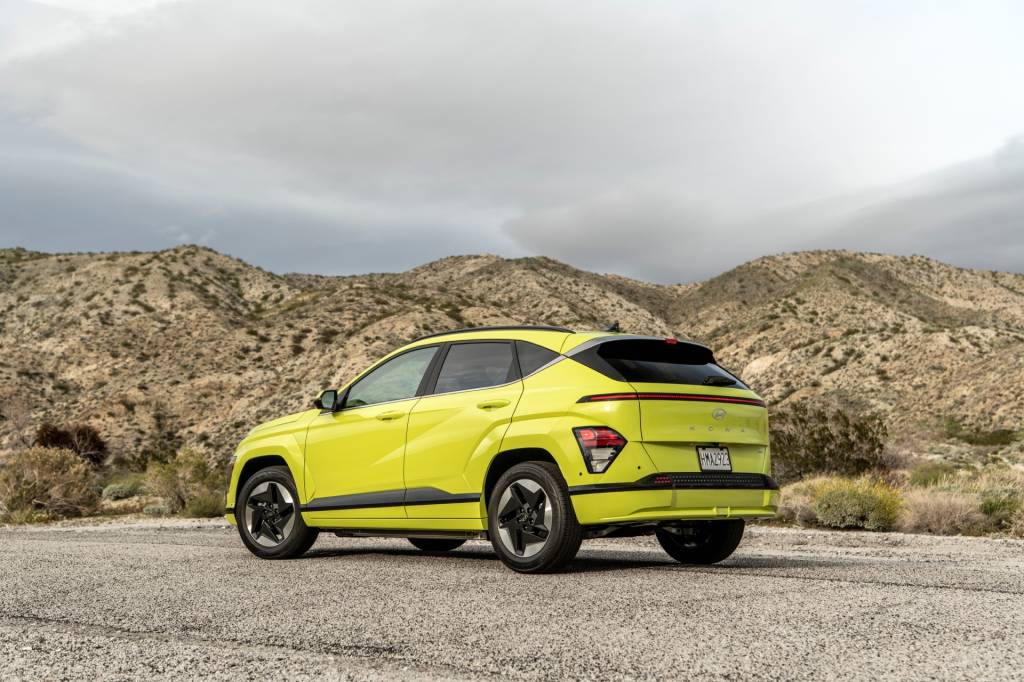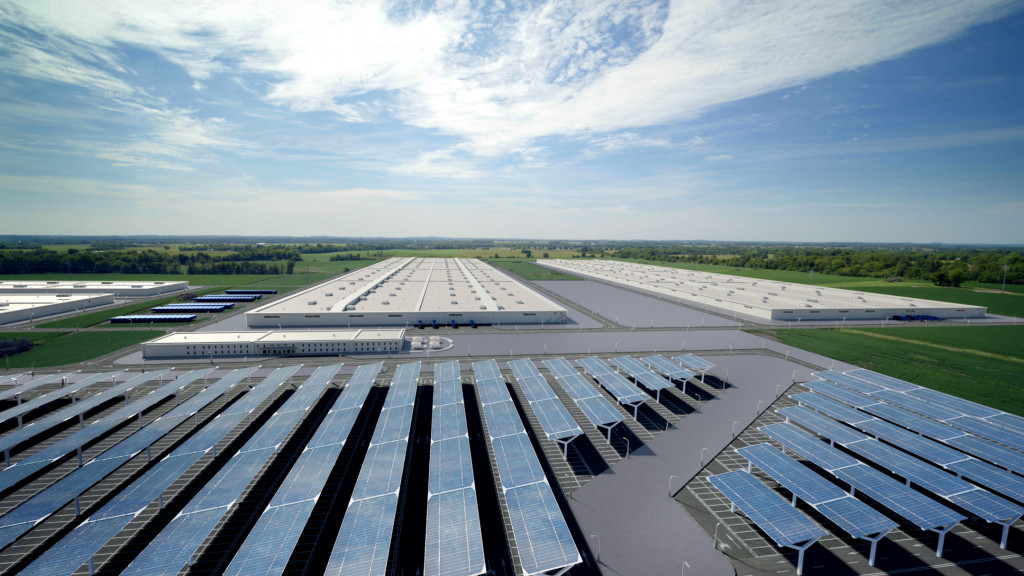- Rivian reworked battery and propulsion hardware, boosting range and efficiency
- R1S and R1T get retuned ride and handling, quieter cabins
- A simplified electrical architecture, revamped interface, new modes
Yes, the 2025 Rivian R1S electric SUV looks almost exactly the same as it did last year. And yet it’s a Green Car Reports’ Best Car To Buy 2025 finalist.
So with that elephant out of the room, what’s the R1S doing back on the list, three years after its R1T counterpart?
Two reasons: Rivian started delivering the R1S nearly a year after it started delivering the R1T, so the R1S simply wasn’t yet out in a final production form at the time we named the Rivian R1T a Best Car To Buy 2022 finalist.
That’s the simple, first one. The second reason is more complicated, and it reflects the story of this brand as it looks to the future: While the R1S looks the same as it did two years ago, almost everything you can’t see on the surface of these 2025 Rivian R1S and R1T electric trucks is new.

Rivian motor systems
One of the biggest changes here is that Rivian has fitted its own oil-cooled, in-house-designed motor systems and inverter tech to the entire R1 model line. It brings a new Tri-motor model, with a combined 850 hp and a 0-60 mph time of 2.9 seconds, and an upcoming Quad-motor model that offers a combined 1,025 hp and a 0-60 mph time of just 2.5 seconds. New to Tri and Quad versions are Rally and Drift modes, which we can attest are a hoot in the mud, a specialized Rock Crawl mode, and a welcome Conserve mode that swaps out all-wheel drive for front-wheel drive to maximize range.
The battery packs are technically new, based on what’s inside, with capacities at 92.5, 109.4, and 141.5 kwh usable for the Standard, Large, and Max sizes, respectively. That corresponds to an impressive 270 miles with the Standard battery, ranging up to 329 miles and 410 miles, respectively, with the Large and Max batteries and the Dual-motor setup. Standard versions get lithium iron phosphate (LFP) prismatic cells while the rest of the lineup has nickel cobalt aluminum (NCA) cylindrical cells.

2025 Rivian R1S
The new packs save weight, ease manufacturability, and cut costs, but it hasn’t changed their 400-watt basis, and they still charge at a 220-kw maximum (or 200 kw for the Standard) that means a 10-80% charge will take 30-41 minutes at best, depending on the pack.
Further, Rivian has made some major tuning changes to the suspension this year, dialing back some of the bouncier body motion in the softer on-road modes while also making the tuning more quietly damped and livable. Even the body structure under the sheet metal has changed for easier assembly and weight savings, and what results is simply a much-improved, better driving, better riding electric SUV.

Rivian R1S in the mud, at DirtFish
We’ve truly put these trucks through the paces this year. From on-road driving with the Dual- and Tri-motor, to an off-road dynamics course, to a dragstrip with the Quad-motor, to track time at Atlanta Motorsports Park with the Tri-motor, we’ve found that these trucks are immensely capable, robustly engineered, forgiving, and fun.
The rework goes beyond traditional chassis and propulsion engineering. It’s also updated and simplified the electrical architecture within these vehicles, shifting to a simpler layout with 7 ECUs versus 17, removing 1.6 miles of wiring in the process and adding a separate DC-DC converter for lower-power accessories. A completely new sensing platform adds 11 cameras, five radar units, and AI algorithms.

2025 Rivian R1S

2025 Rivian R1 lineup

2025 Rivian R1 lineup
The packaging of this big SUV is thoughtful and lifestyle-oriented every step of the way, with a low, flat cargo floor, a huge 9.9-cubic-foot frunk, loads of small storage spaces, sturdy materials, and details like flashlights integrated in the driver’s door.
Altogether it’s a nuanced message—and maybe a hard sell in the traditional automotive sense. But the components that can be scaled up, the cost-cutting, the smarter architecture, it’s all part of what the company needs to do, and appears to be doing well, ahead of the launch of its Rivian R2 lineup in a couple years. The survival of the company depends on it, and we can’t wait to see those products take form.

2025 Rivian R1S

2025 Rivian R1S

2025 Rivian R1S
In the meantime, the net takeaway of all this good stuff is that it not only makes the R1 trucks better and closer to profitable. It will enable perhaps millions of efficient, affordable, profitable, and hopefully impressive American-designed-and-engineered electric trucks in the future—something we absolutely root for.



























